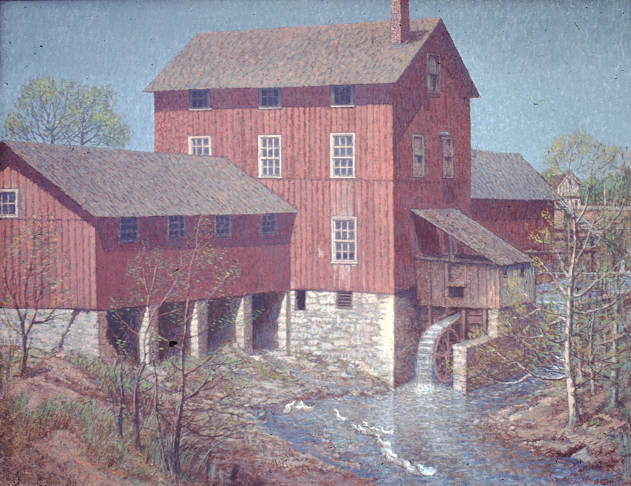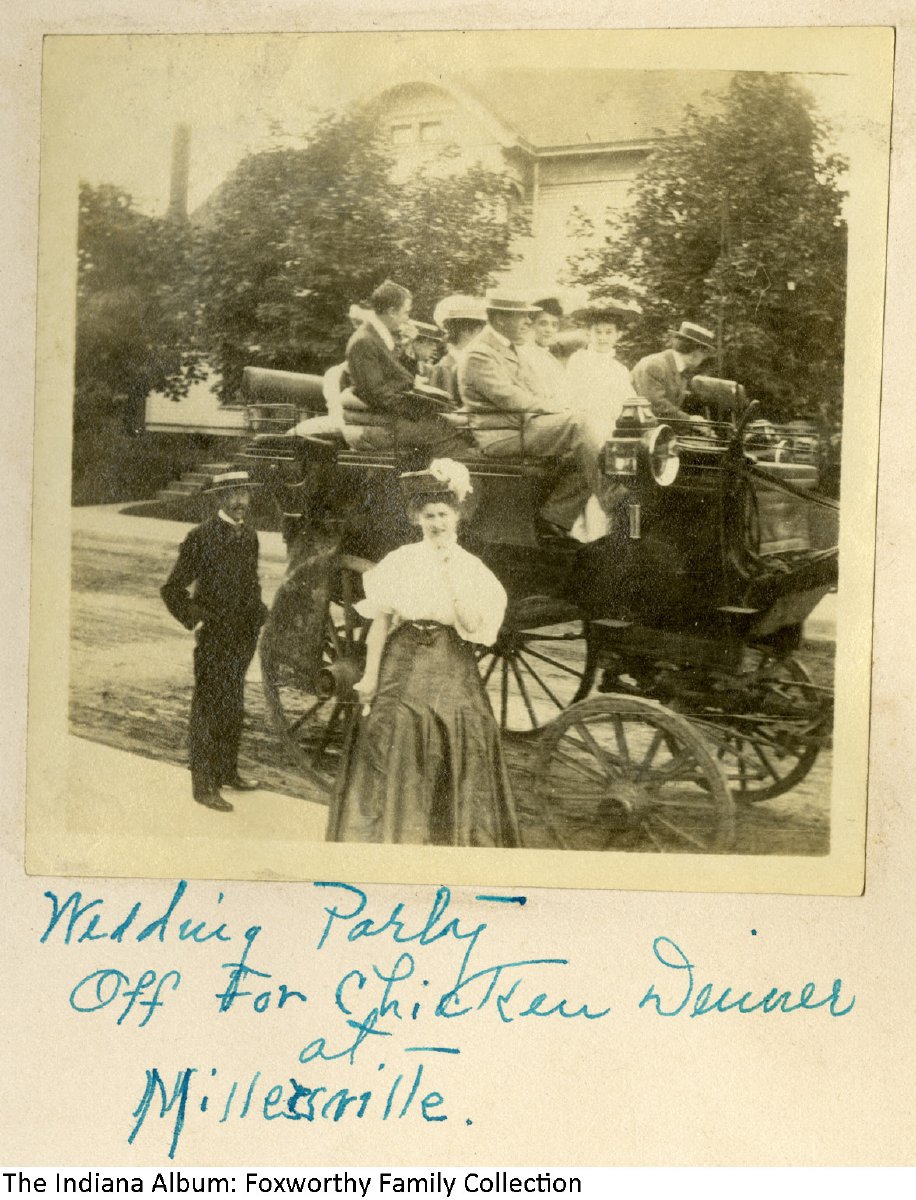A northeast side neighborhood centered near the intersection of Millersville Road and East 56th Street.

Millersville grew up along Fall Creek at the site of grist mills. Peter Negley and Seth Bacon built one of the first mills in 1826. William Winpenny’s mill served in 1852 as the first meeting place of the local Masons. The group later built two temples that served the community in a variety of capacities. At its busiest in the mid-1800s, Millersville boasted a general store, blacksmith shops, and a few businesses. About 90 people lived in the area by the 1880s.
Millersville was known to city dwellers as a popular destination for hiking and picnicking in the early 1900s. It was also the site of dairy farms that supplied the Indianapolis market, including the Hornaday Milk Company and nearby .

Across the creek from Millersville, ’s 19th -century mansion, Laurel Hall, became a Catholic girls’ school, Ladywood, in the 1920s. In the 1950s and 1960s, subdivisions and shopping centers surrounded Millersville, which had never incorporated. Only a few homes and an old store served as reminders of the village.
Windridge development purchased some of Fletcher’s property in the 1970s and established a condominium complex there, and Cathedral High School has operated in some of the former Ladywood facilities since 1976. The Windridge Community intended to use Laurel Hall as an entertainment center but later sold it to the after it moved to Indianapolis in 1984.

Hudson Institute moved to Washington, D.C., in 2004, and the Phi Kappa Psi Foundation took over the space as its headquarters.

Is this your community?
Do you have photos or stories?
Contribute to this page by emailing us your suggestions.